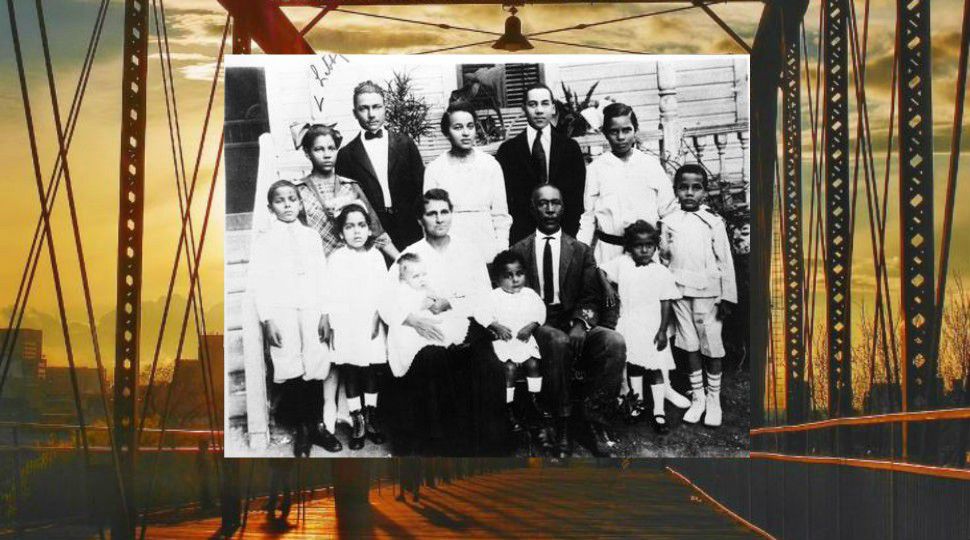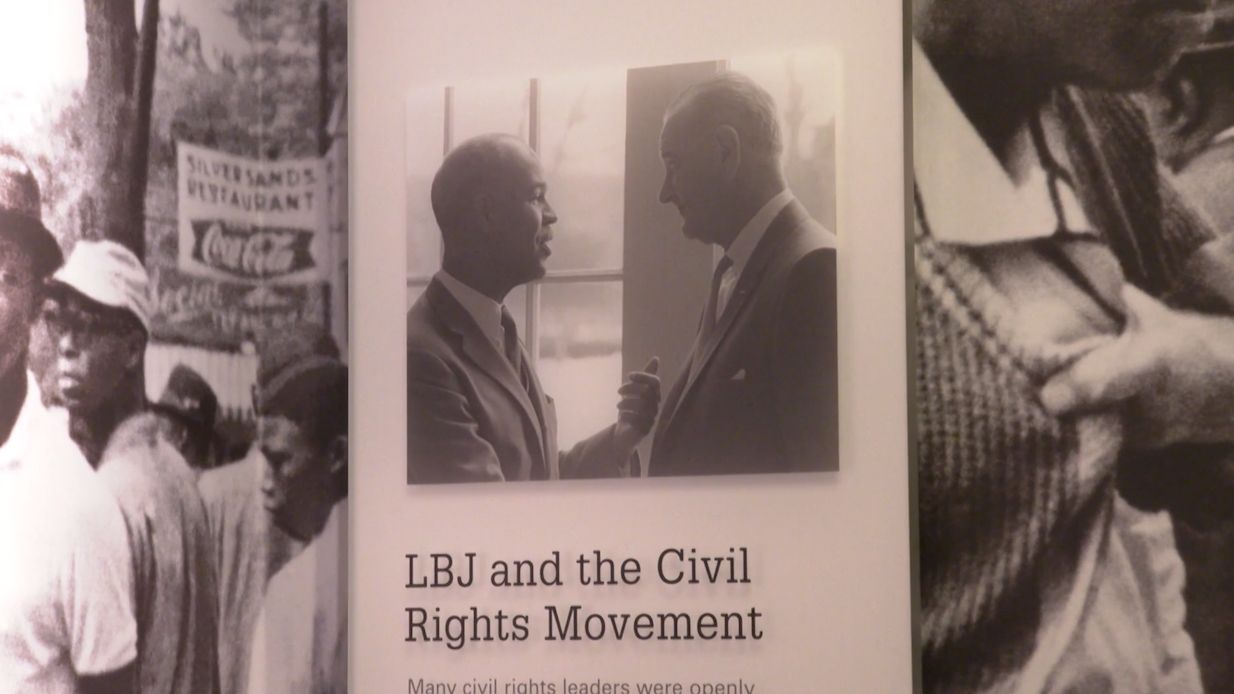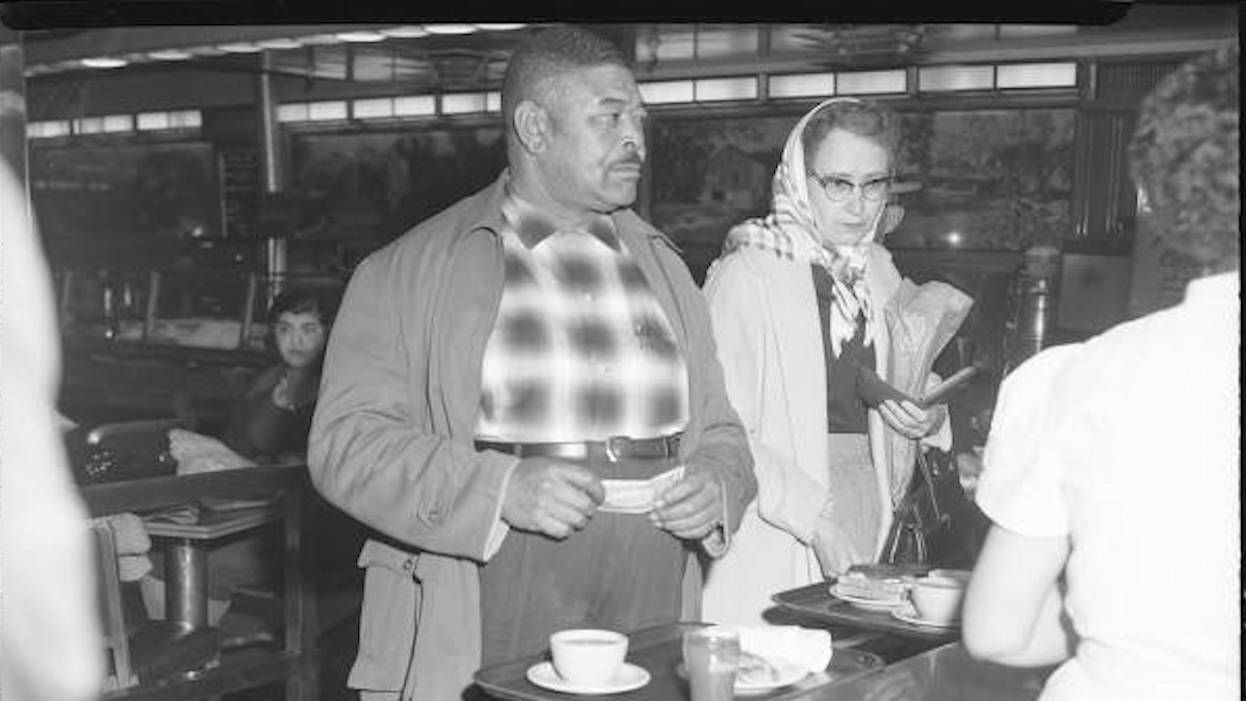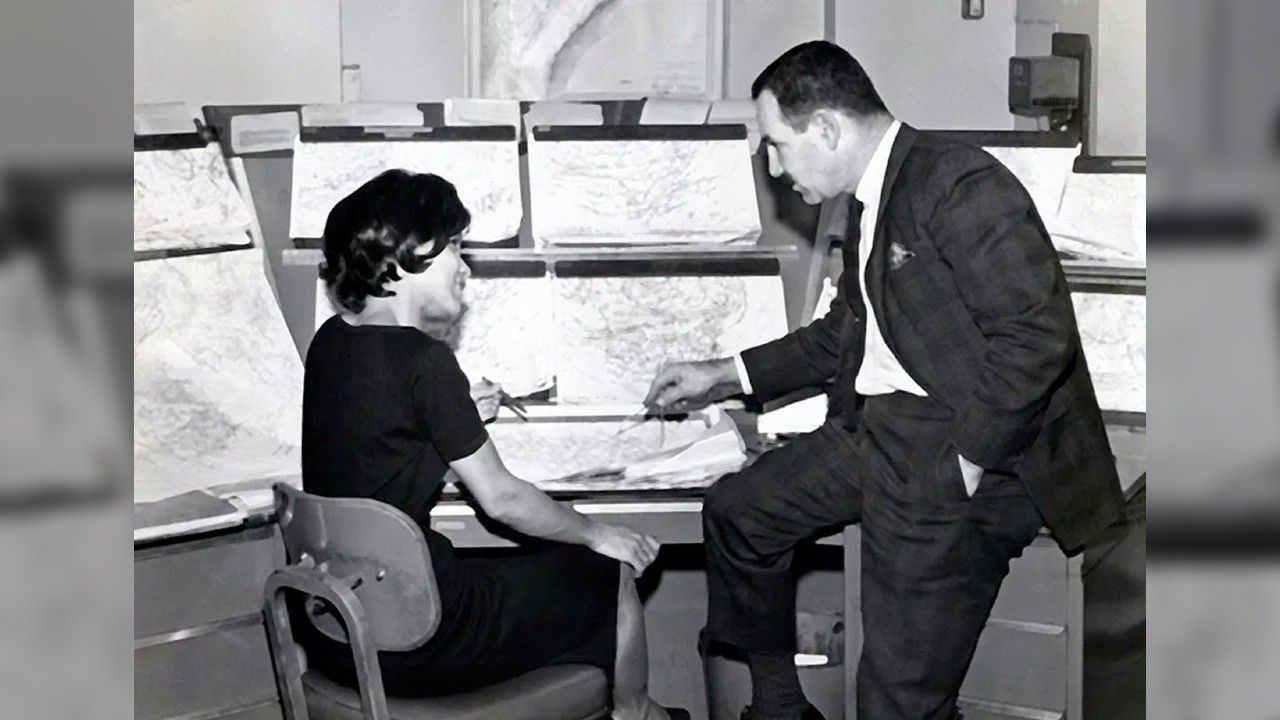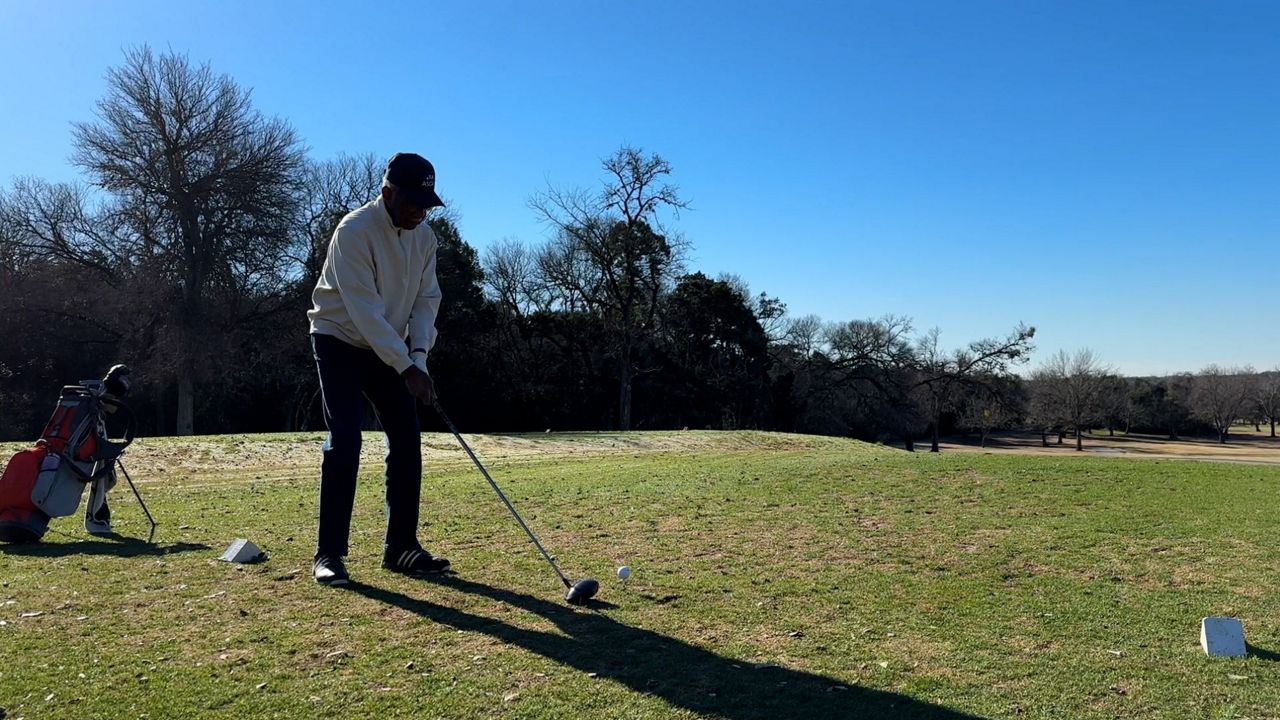SAN ANTONIO – Sutton is a well-known name in black history, but did you know it was homegrown in San Antonio?
- Most predominate member is Percy Ellis Sutton
- Family heavily involved in civil rights
- The Hope House near downtown is the Sutton's old home
The most predominate member of the Sutton family is easily Percy Ellis Sutton, who was completely involved in the Civil Rights Movement, and was born in San Antonio on November 24, 1920.
His parents lit the path for his success and many of his siblings followed a similar path.
Percy was the youngest of 15 siblings, whose parents, Samuel Johnson Sutton and Lillian Sutton, were early civil rights activists and deeply involved in their community.
The Hope House, also known as Hope House Ministries, is the former home of the Suttons, and is located in downtown San Antonio. The organization now serves the community as a nonprofit.
Samuel and Lillian became educators and dominating entrepreneurs, eventually owning a skating rink, funeral home, mattress company, and a farm. As prominent figures in the community, they often hosted luminaries like Booker T. Washington, Mary McLeod Bethune, and Thurgood Marshall.
John, the oldest, was an agriculture specialist, science instructor and a protégé of George Washington Carver. Oliver was elected to the New York state Supreme Court. Lillian Sutton-Taylor educated generations of San Antonio children. Garlington Jerome became the first black state legislator from San Antonio.
At the age of 13, Percy had his first civil rights encounter, being beaten by members of the local law enforcement for passing out NAACP brochures in an all-white neighborhood.
He went on to get his education at Prairie View College, Hampton Institute, and Tuskegee Institute. He then served as an intelligence officer in World War II with the famous Tuskegee Airmen.
In 1953, Percy set up a law partnership with his brother, Oliver Sutton, and George Covington. Percy served as the attorney for Malcolm X and his family free of cost after his death. The Sutton and Covington law firm, handled many civil rights cases without cost.
He helped to integrate the Greyhound Bus Station lunch counter in Montgomery, Alabama, in 1961, participating in many civil rights demonstrations and protests.
Percy later became involved in politics, named as a replacement for the Manhattan borough president in 1996, and was re-elected for two more terms after that. He was, for 11 years, the highest elected African-American official in the state.
In the 1970s, Percy began investing in media companies, including New York’s largest black newspaper, The New York Amsterdam News. He also invested in AM station, WLIB, making it the first black-owned radio station in New York. Over time, he invested in more than 18 radio stations and cable franchises.
Percy’s largest and most-known investment came in 1908, when he saved the world-famous Apollo Theatre in Harlem from bankruptcy.
The theater reopened in 1985, and boasted more than $20 million in renovations, including a cable television studio that was used to produce “It's Showtime at the Apollo.” In 1987, Sutton earned the NAACP's highest award, the Spingarn Medal, for his work in media.
He retired in 1991, but was invited by President Bill Clinton to represent the United States as a business delegate to the G-7 Nations meeting.
Sutton has received more than 750 national, international, and local awards. He died in December 2009, at the age of 89.






